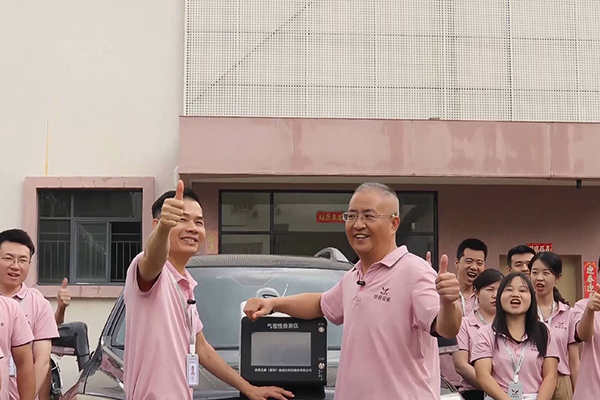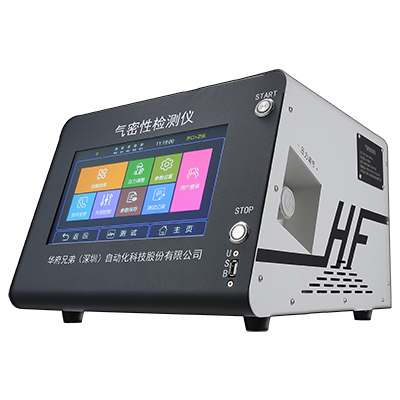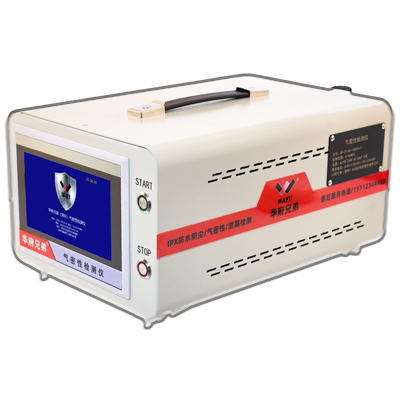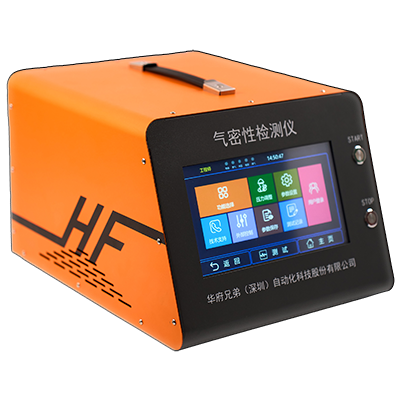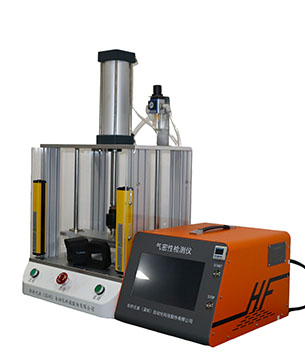How to Choose a Leak Tester? A Complete Guide to Waterproof Seal Testing Principles and Methods
Published on: May 12, 2025
In modern manufacturing, product sealing performance is directly linked to its functionality and safety. Devices such as leak testers, leak detectors, and waterproof testers are widely used in automotive components, medical devices, electronic products, and more. However, with the vast variety of testing equipment available on the market, how to choose the right leak tester has become a key concern for many enterprises.
1. Common Leak Testing Principles
Based on different testing needs and product characteristics, leak testers mainly operate using the following principles:
- Pressure Decay Method: Air is injected into the product under test. After the gas source is closed, pressure changes are monitored to determine if leakage is present.
- Differential Pressure Method: Both the standard product and the test product are inflated simultaneously. Their pressure difference is measured to assess sealing performance.
- Flow Method: Measures the gas flow through the test product to determine if leakage exists.
- Vacuum Method: Places the test product in a vacuum environment and observes internal pressure changes to detect leaks.
- Tracer Gas Method (e.g., Helium Testing): Uses tracer gases like helium for detection, identifying leakage by monitoring gas concentration changes.
2. How to Choose the Right Leak Tester
Selecting the right leak tester involves comprehensive consideration of the following factors:
- Required Testing Accuracy: For high-precision products such as medical devices or electronic components, it’s recommended to use high-precision testers employing the differential pressure or tracer gas methods.
- Product Structure and Material: For products with complex structures or special materials, choose a method suitable for their features—for instance, the flow method is ideal for pipeline-type products.
- Production Efficiency: In mass production environments, testing speed is critical. Choose equipment that offers fast detection and high automation levels.
- Budget Constraints: Select cost-effective testing equipment that fits within the company's budget and avoids over-investment.
3. Application Case Studies
Here are some typical product applications of leak testing:
- Automotive Engine Seals: Detected using the differential pressure method to improve testing accuracy and reduce false detection rates.
- Medical Syringes: Tested with the pressure decay method to ensure product safety and reliability.
- Smartphone Waterproofing: Utilizes the tracer gas method to precisely locate micro leaks and improve waterproof ratings.
4. Future Development Trends
With ongoing technological advancements, leak testing is evolving continuously. In the future, testing equipment will trend toward greater intelligence and automation, integrating AI and big data analytics to enable real-time data analysis and prediction, improving both efficiency and accuracy. Additionally, multifunctional equipment will become increasingly popular to accommodate diverse product testing needs.
In summary, selecting the appropriate leak tester requires a well-rounded evaluation of product characteristics, testing accuracy, production efficiency, and budget. By choosing the right equipment, enterprises can significantly improve product quality and strengthen their market competitiveness.
Recommended Products
